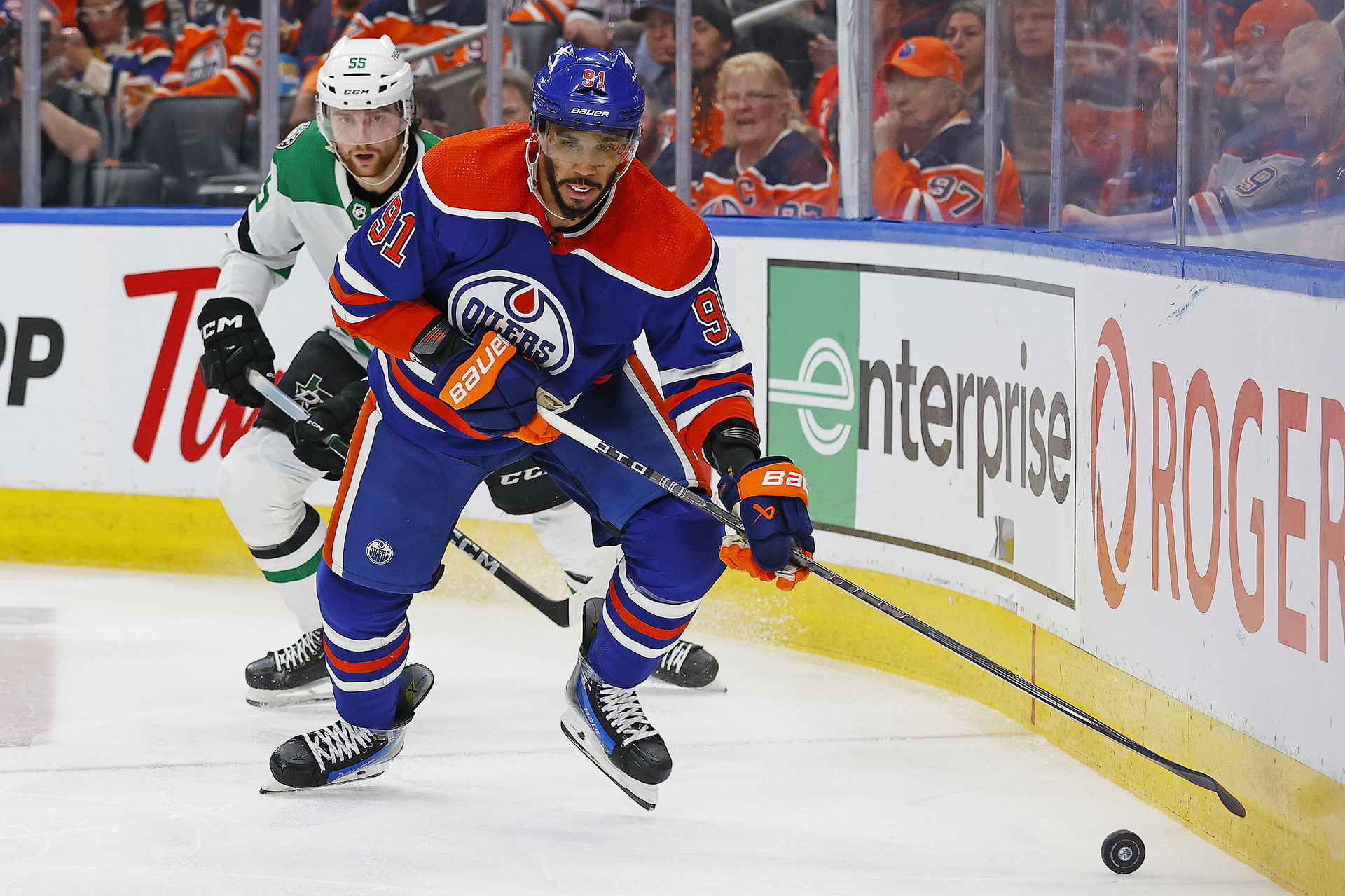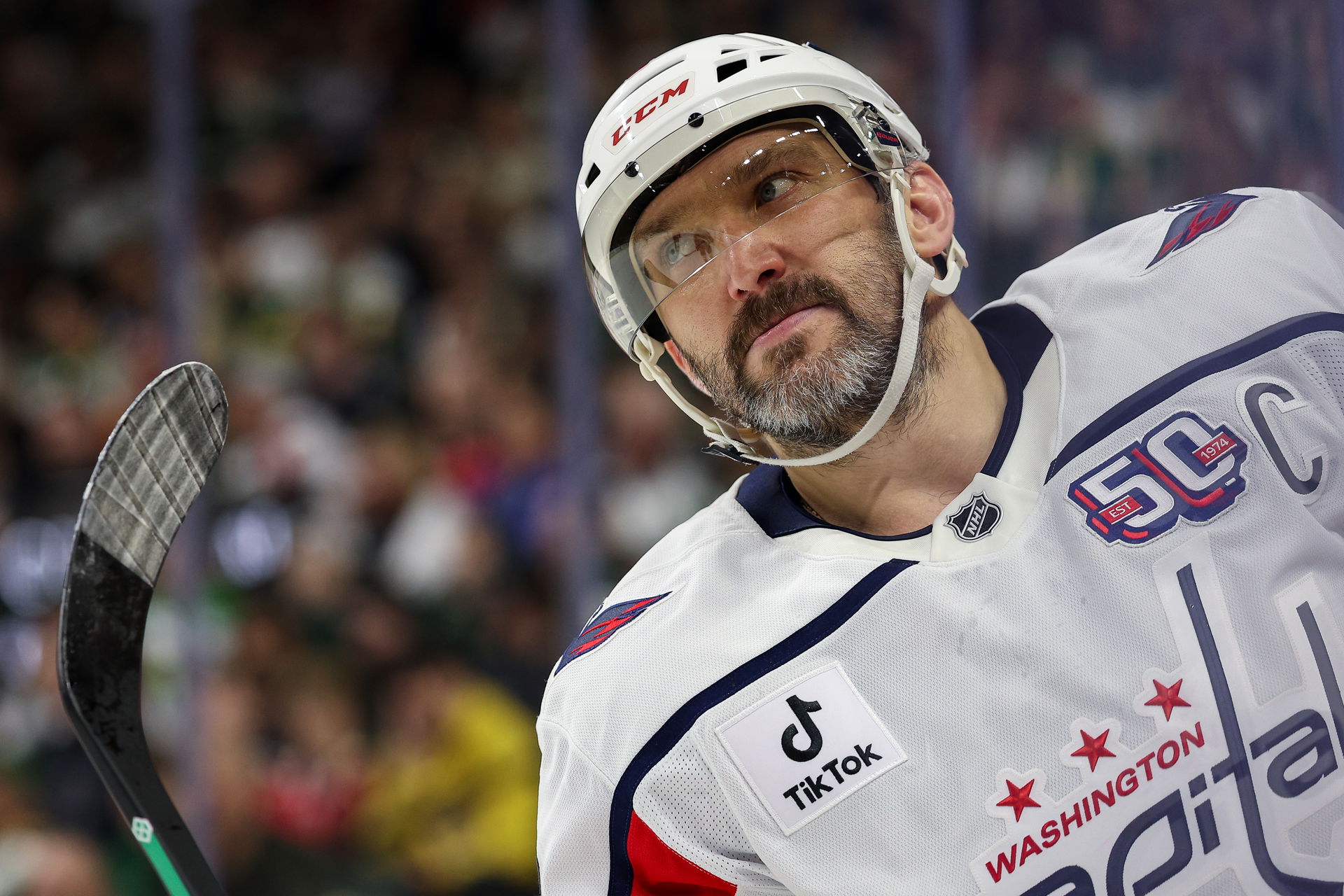
Matthews, Laine and Werenski are Calder finalists — here’s the case for each
Auston Matthews burst onto the scene with four goals, Patrik Laine answered back as the hat-trick hero and Zach Werenski's steady play impressed all year. So, who wins the Calder?
By Oct. 19, only a handful of days into the 2016-17 season, the hockey world had an idea as to how the Calder Trophy race might shake out. Less than one week earlier, Auston Matthews, the first-overall pick only months earlier, had burst onto the scene with an historic four-goal debut. So, on the fateful Wednesday night in October that Matthews’ Maple Leafs skated into Winnipeg to face the Jets and second-overall pick Patrik Laine, it was the Finnish sniper's turn to make magic.
Not even a Hollywood script could have predicted the night’s events, though.
Toronto dominated the early part of the game, but Laine scored one minute into the third period and, after a Mark Schiefele goal, Laine notched his second tally with 45 seconds remaining to send the game to overtime.
Then, midway through the extra frame, Matthews broke away, but the daylight he saw five-hole was shut down Michael Hutchinson, the puck was turned up ice by Dustin Byfuglien and, streaking down the right wing, Laine picked his spot and labelled a laser wrist shot top corner to complete the hat trick, give the Jets the win and plant himself firmly in what went on to become one of the best Calder Trophy races in recent memory.
The battle between Matthews and Laine, and the debate about who was deserving of the top rookie honors, continued throughout the campaign. Others entered the race, including Matthews’ Maple Leafs teammates William Nylander and Mitch Marner, but the battle between the past draft’s first and second picks waged on. And now the debate will continue, at least for a few short months, as both Matthews and Laine received their official spots as finalists for the Calder. They’re not alone in the race, though, as Columbus Blue Jackets rearguard Zach Werenski has also found himself in the top-three for the award.
So, who takes it home?
Auston Matthews, Toronto Maple Leafs
The aforementioned four-goal game was as close to a statement game as it gets. Matthews’ Calder candidacy at that point wasn’t a sure thing, but he certainly was well on his way to establishing himself as a force to be reckoned with right out of the gate. By the end of November, Matthews already had 18 points. Of the 235 rookies that suited up this season, only 32 freshman scored more points than that over the course of the entire campaign. It really was an outstanding year for rookies, and Matthews made sure of that.
His Case: Generally speaking, the Calder has become a points-first award. Barring a goaltender putting up a Vezina-worthy performance or a defenseman putting up big numbers, big minutes and earning Norris consideration, the highest-scoring freshman rookie usually takes the hardware. This year, that means Matthews. His 69 points were five more than any other rookie and scoring 40 goals this campaign is no joke. Only six teenaged rookies in recorded history have scored 40 goals in their first season: Wayne Gretzky, Mario Lemieux, Dale Hawerchuk, Eric Lindros and Sylvain Turgeon. The last teenaged rookie to net 40 goals was Lindros in 1992-93. Beyond scoring, Matthews became a top-line center for the resurgent Maple Leafs, a dominant possession player and a no-brainer all-star selection.
Patrik Laine, Winnipeg Jets
Laine should be used to debate about he or Matthews at this point. After all, there was speculation leading up to the draft that Laine could potentially slide ahead of Matthews at the top of the heap. That didn’t come to pass, but the Jets were more than happy to land the Finnish sniper. Laine showed throughout the season that he still has room to develop in some aspects of his game, but he’s undoubtedly got a knack for the net. His shot is pinpoint accurate and there were times this season when scoring goals simply looked easy for Laine.
His Case: Matthews had more points, but Laine was the rookie points per game king. Forced to miss nine games with an upper-body injury, Laine still managed to score 36 goals and 64 points, both of which were second-best among rookies, and scored at a rate of 0.88 points per game. Had Laine not missed any time, there’s reason to believe he would have had the rookie scoring crown and likewise reached 40 goals. Laine was also a threat to get hot and change a game every single night. He led the league with three hat tricks. Laine was also a near-immediate top-liner for the Jets and the only rookie forward who averaged more ice time than Laine’s 17:54 per night was Colorado’s Mikko Rantanen.
Zach Werenski, Columbus Blue Jackets
Here’s hoping Werenski can smile about his Calder finalist nod without much pain. The Blue Jackets blueliner suffered the most gruesome injury of the post-season thus far when he took a puck to the face, resulting in a facial fracture and an earlier end to his year. Werenski was a sleeper candidate, but one that probably shouldn’t have been overlooked as the season began. Werenski spent the end to the past campaign with the AHL’s Lake Erie (now known as Cleveland) Monsters, and he was a stud. In 17 playoff games, Werenski scored five goals and 14 points en route to capturing the AHL’s Calder Cup. That came mere months after he led the World Junior Championship in goals and points by a blueliner, was named a tournament all-star, the top defenseman and captured a bronze medal.
His Case: Werenski didn’t have that one exclamation point on his season like Matthews or Laine, but the Blue Jackets defender gradually put his name into the race and one could argue he ended the campaign with the potential for Norris consideration. Among all rookie defenders, Werenski was the points leader by eight and only a dozen defenders of any age finished with more points than the 47 he posted. Werenski started the season averaging more than 20 minutes per game and finished averaging nearly 21 minutes per night. It should also be noted that no rearguard on the entire Blue Jackets roster had a better possession rate than Werenski. He’s a star on the back end in Columbus already.
The Winner: It’s boring because it’s obvious, but the Calder has to go to Matthews. For all the brilliant scoring of Laine and the incredible two-way play of Werenski throughout the campaign, no one showed the ability to own a game from the start of the season to Game 82 quite like Matthews. He was a constant threat every single time he stepped on the ice, there is no doubt that he made his linemates better and the Maple Leafs were a much, much improved team this season for having Matthews in the lineup. And, as noted, Matthews won the scoring race. That alone is going to earn him a few votes more than Laine and Werenski. One thing to watch, though, might be where Werenski finishes. All the talk has been that Matthews and Laine would finish one-two in voting, but don’t be surprised if Werenski earns the second-place nod. It was hard not to love his game this season.
The NHL awards, which are set to be broadcast in conjunction with the Vegas Golden Knights expansion draft, will take place at Las Vegas’ T-Mobile Arena on June 21.
(Advanced statistics via Corsica.Hockey)
Want more in-depth features and expert analysis on the game you love? Subscribe to The Hockey News magazine.







